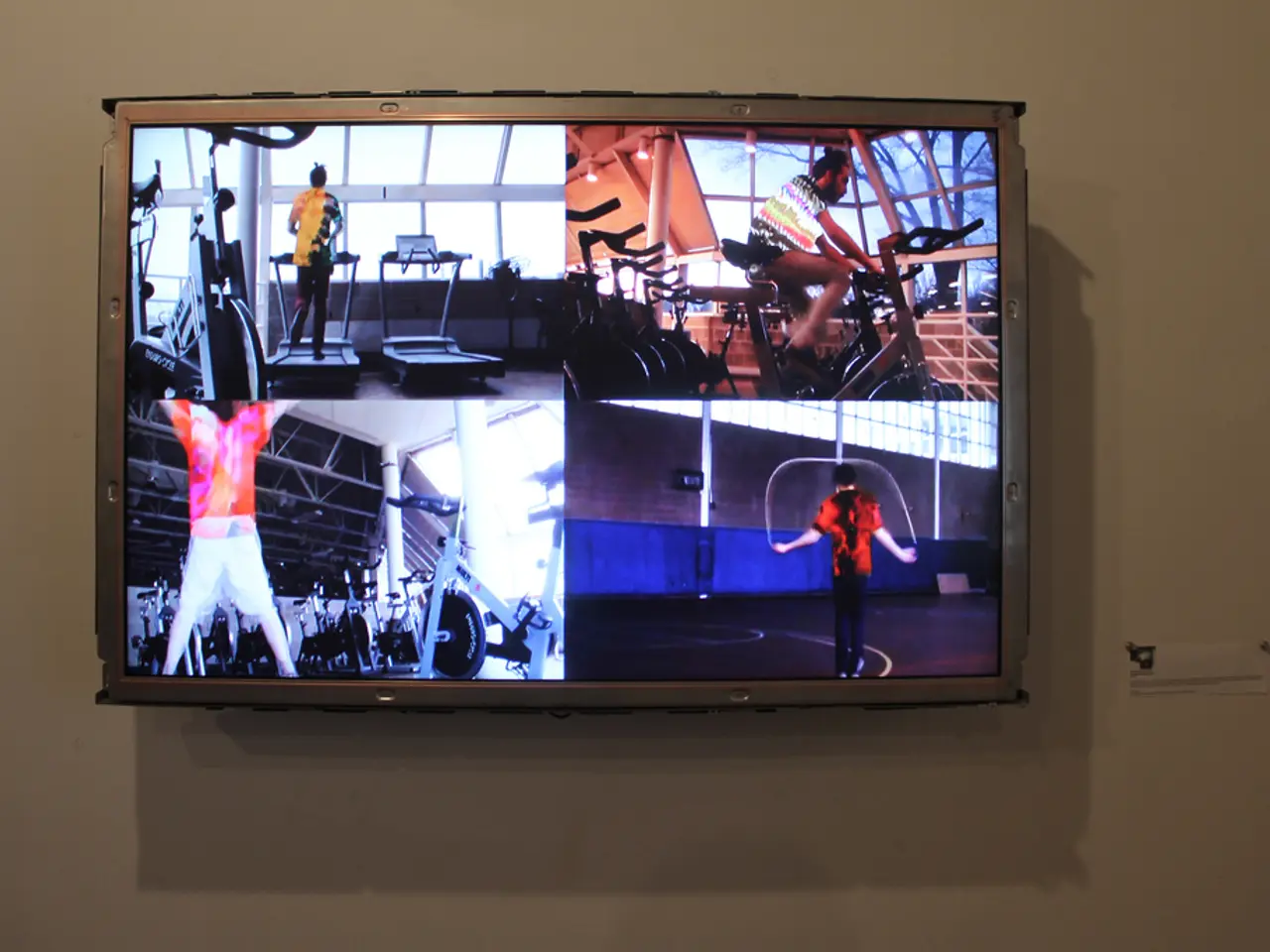Exploring the Application of Virtual Reality in Reducing Falls
In the realm of technology and healthcare, virtual reality (VR) is making strides in improving the lives of older adults. A series of studies suggest that VR training could be a valuable tool in fall prevention and gait improvement among this demographic.
The essence of VR training lies in the use of a headset that tracks the user's movements and immerses them in a 3D environment for interaction. This immersive technology, when combined with motion-capture technology, has shown to be effective in enhancing gait speed, stride length, and balance - crucial factors in reducing the risk of falls.
A variety of VR programs designed for fall prevention are available, such as Virtual Supermarket, Walk-Through, and MindMaze. These programs offer immediate and personalized feedback and coaching to users, making them engaging and convenient.
The growing accessibility and affordability of VR programs make them an increasingly viable option for older adults seeking to reduce their fall risk. Research indicates that VR offers benefits including safety, personalization, engagement, convenience, and cost-effectiveness.
However, it's important to note that more high-quality studies with larger sample sizes are needed to further evaluate the effectiveness of VR interventions for fall prevention in older adults. Studies by researchers like Cacciante et al., Devane et al., and Dial et al. have investigated VR training for improving balance and fall prevention in older adults with mild dementia, but specific study outcomes were not detailed in the available results.
Promising findings have emerged from studies on VR interventions for fall prevention. For instance, a study by Anat Mirelman and associates found that VR training can be a promising intervention for fall prevention in older adults with mild cognitive impairment (MCI) or dementia, showing greater improvements compared to traditional physical therapy.
Another study by Anna Nishchyk and associates found that various VR interventions, including gaming and exercise programs, can improve balance, gait, and reduce fall risk in older adults. The training was more effective when it was customized to the individual needs of the older adult and combined with other interventions such as physical therapy.
In conclusion, while the studies on VR interventions for fall prevention among older adults show promising results, further research is needed for a definitive conclusion. However, the potential benefits of VR in improving balance, mobility, and reducing the risk of falls cannot be ignored. Whether in simulating scenarios such as walking on uneven terrain, navigating obstacles, or stepping over virtual barriers, VR training offers a safe, enjoyable, and engaging way for older adults to improve their balance and reduce their risk of falls.
Read also:
- Peptide YY (PYY): Exploring its Role in Appetite Suppression, Intestinal Health, and Cognitive Links
- Toddler Health: Rotavirus Signs, Origins, and Potential Complications
- Digestive issues and heart discomfort: Root causes and associated health conditions
- House Infernos: Deadly Hazards Surpassing the Flames








